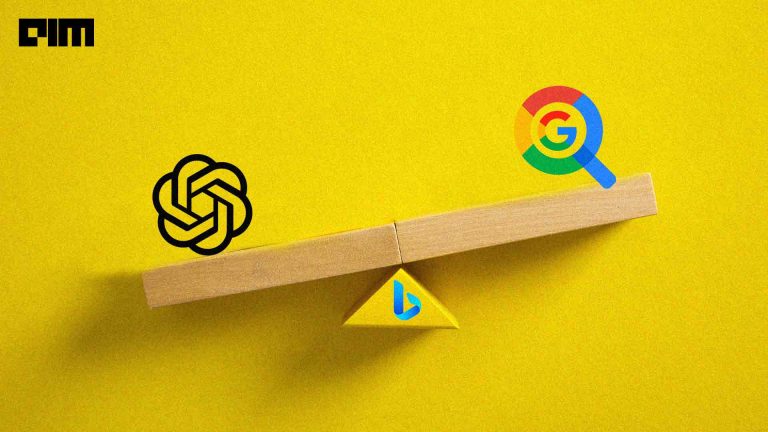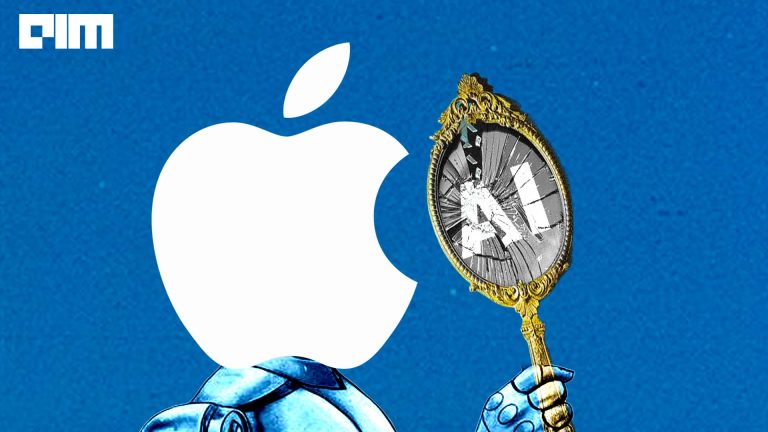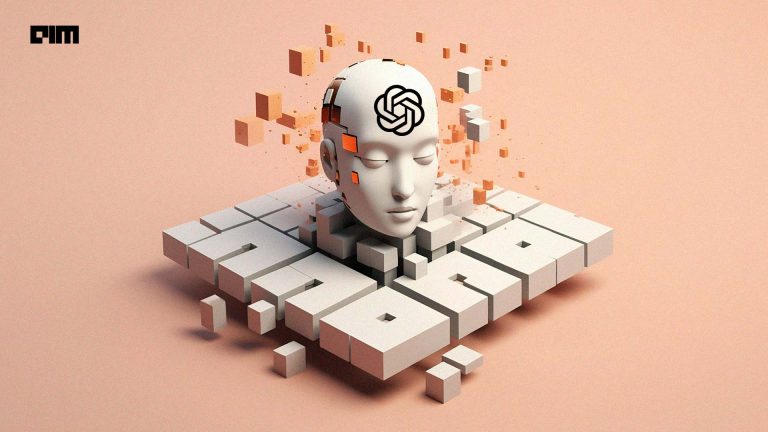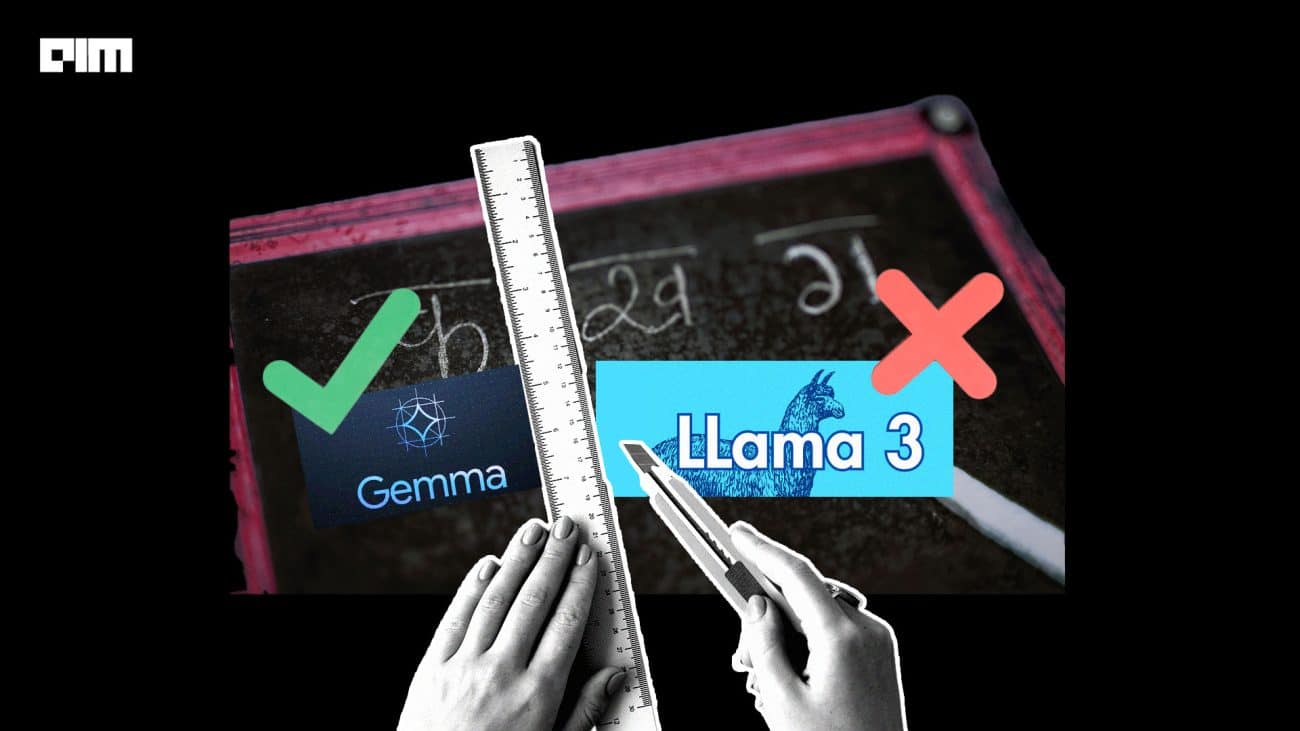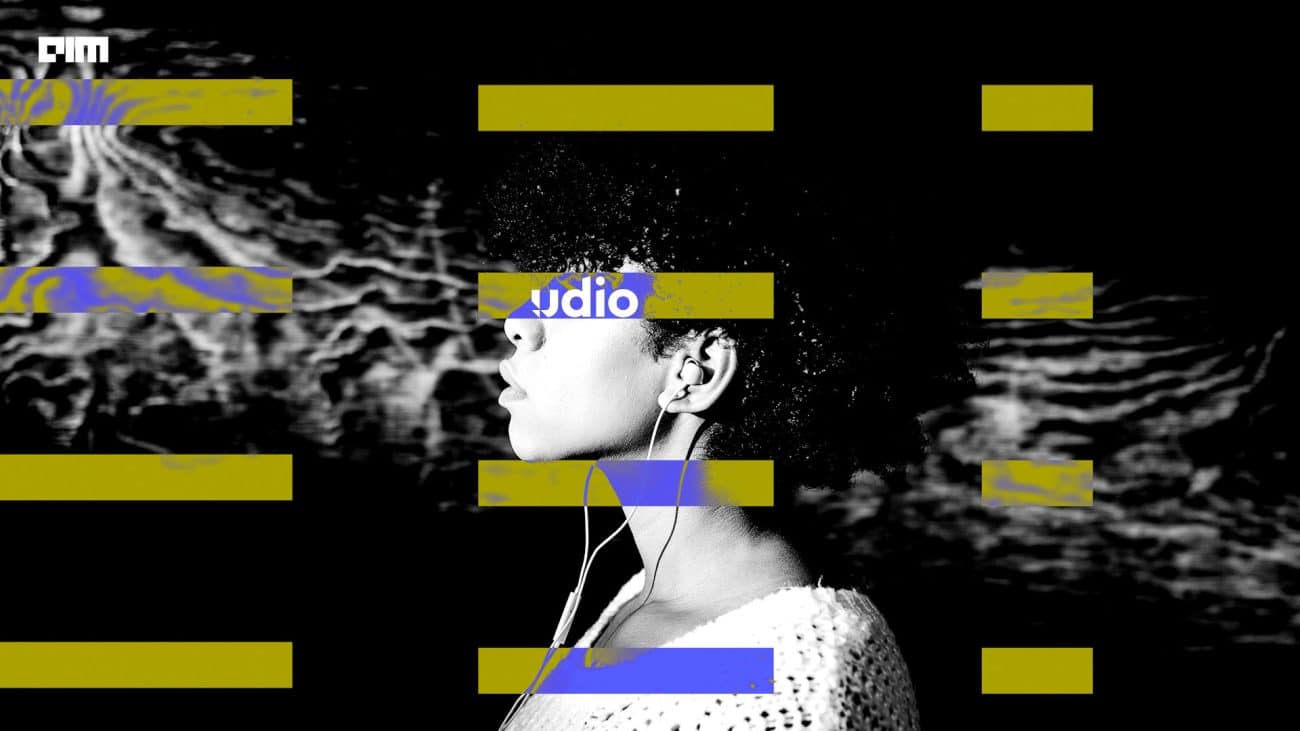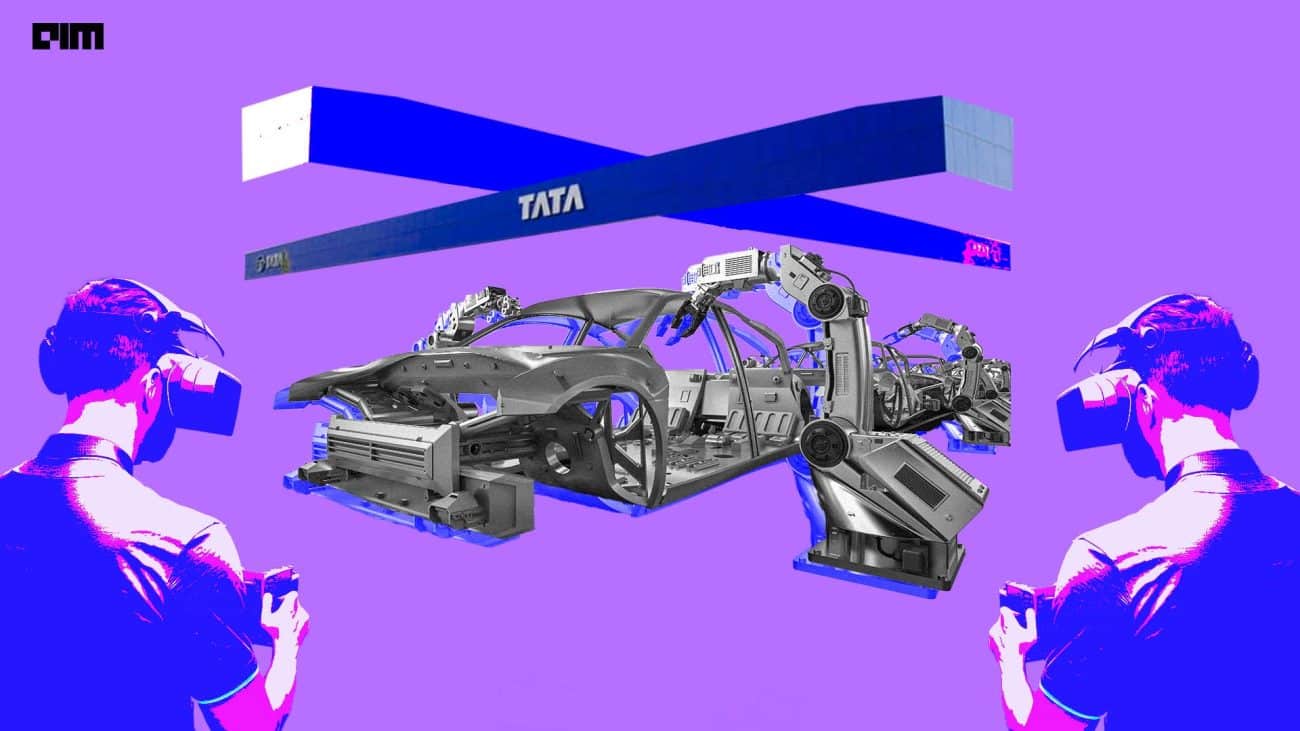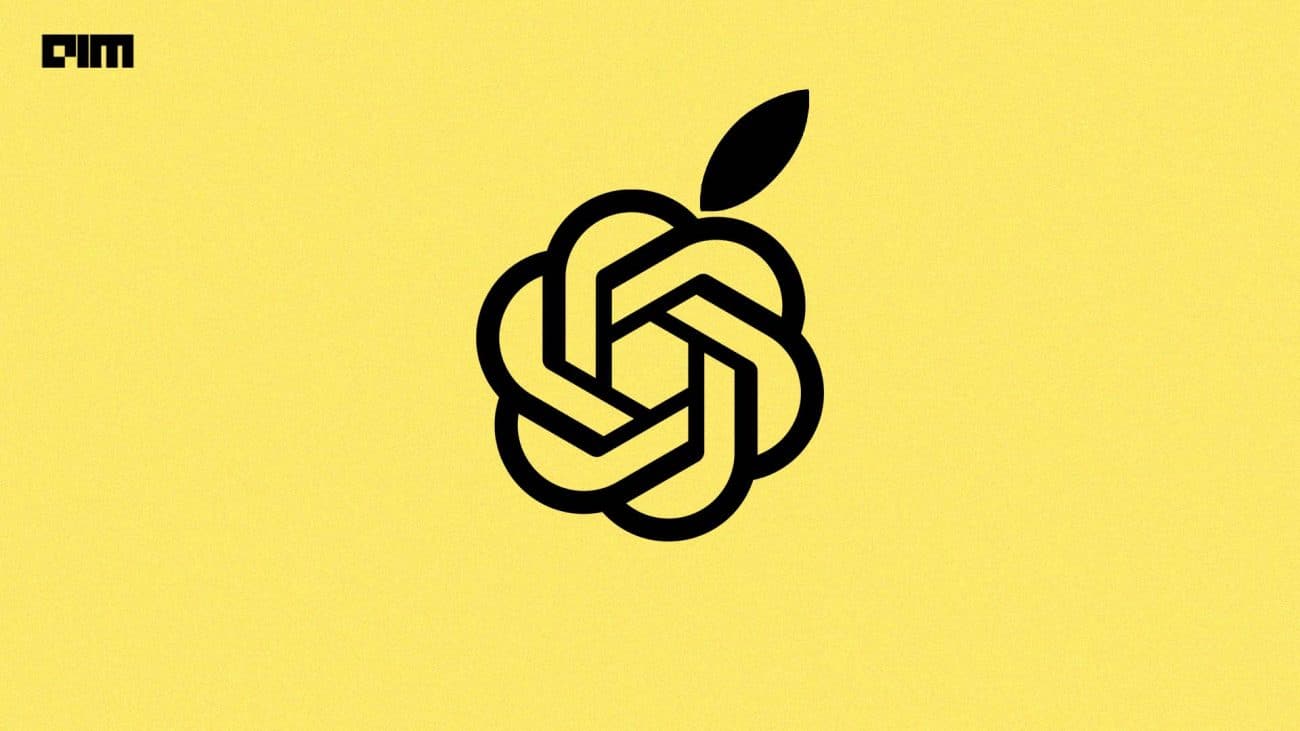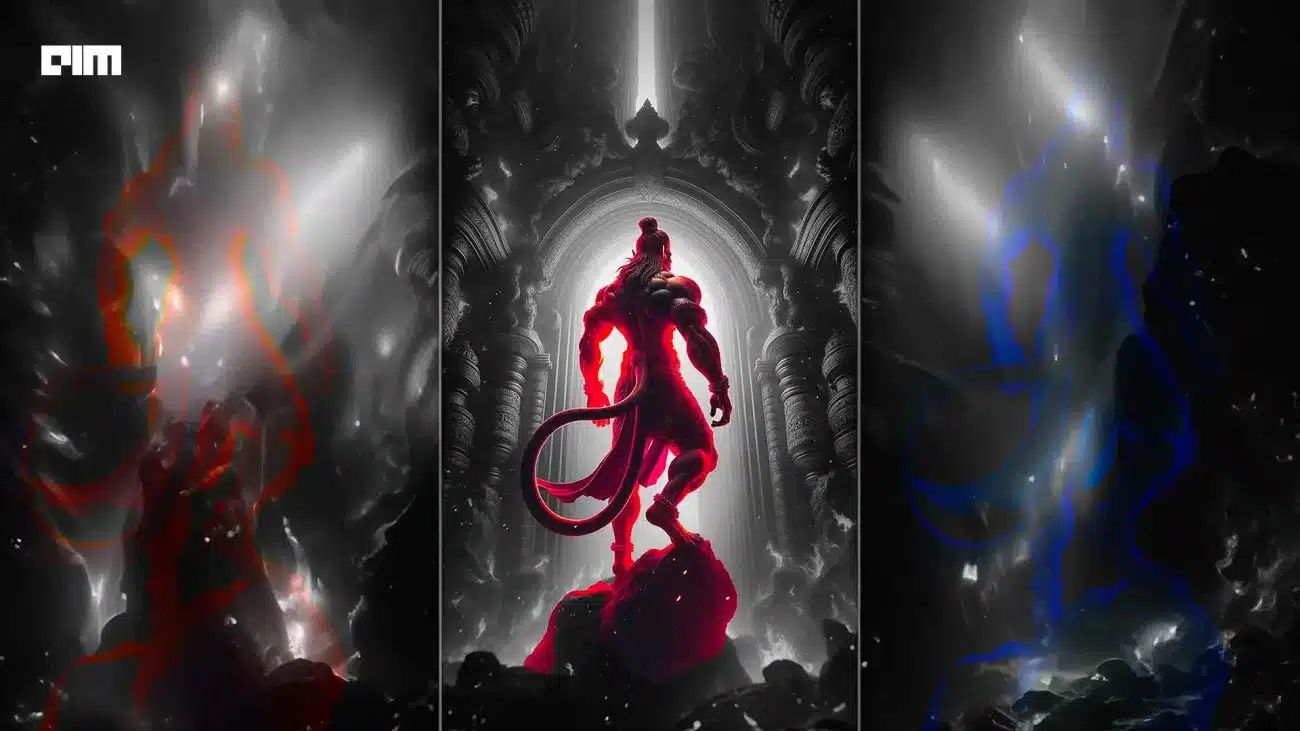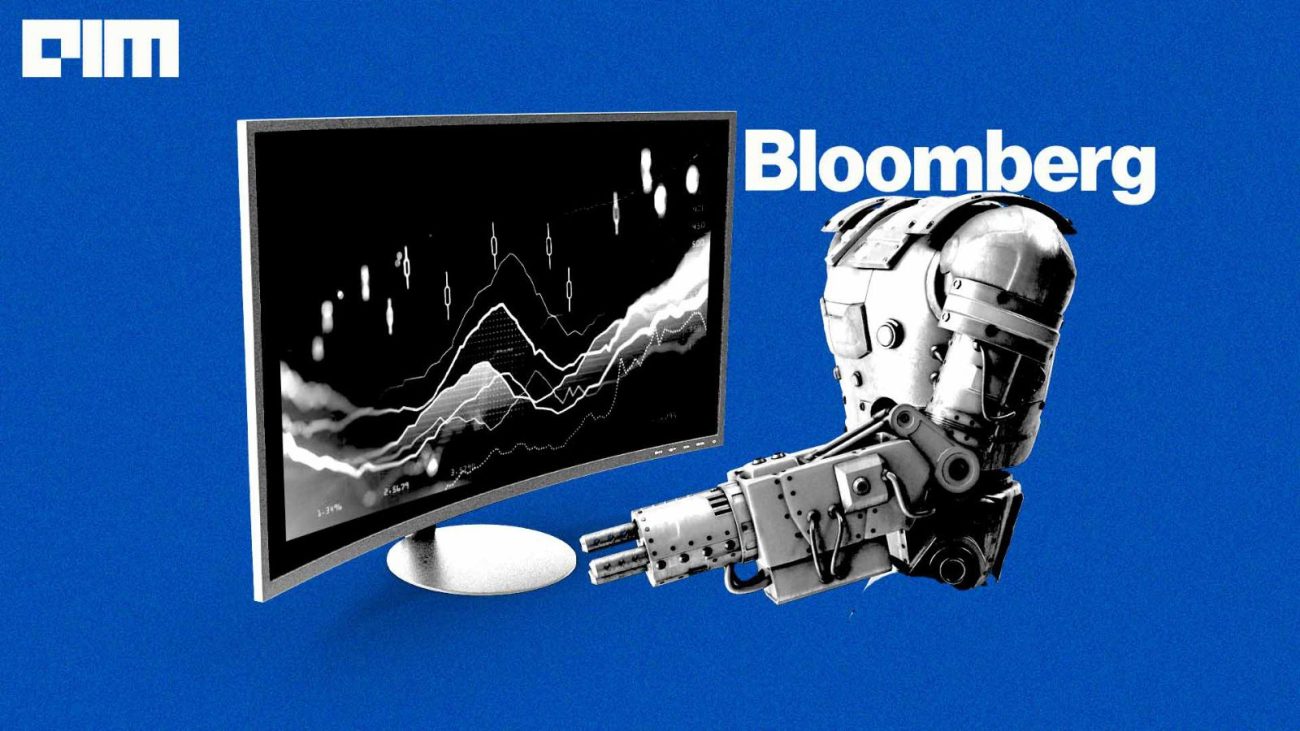|
Listen to this story
|
After months of anticipation, Google finally introduced its conversational AI service called Bard. The conversational AI is powered by LaMDA (Language Model for Dialogue Applications), which was unveiled two years ago. It is built using their large language models and draws information from the web.
The company looks to release it initially with their lightweight model version of LaMDA to select groups, before making it public or accessible to everyone.
Google, in its blog post, said, that this smaller model requires significantly less computing power, enabling them to scale to more users, allowing for more feedback. Further, the company said that it will combine external feedback with its own internal testing, making sure Bard’s responses meet a high bar for quality, safety and groundedness in real-world information.
1/ In 2021, we shared next-gen language + conversation capabilities powered by our Language Model for Dialogue Applications (LaMDA). Coming soon: Bard, a new experimental conversational #GoogleAI service powered by LaMDA. https://t.co/cYo6iYdmQ1
— Sundar Pichai (@sundarpichai) February 6, 2023
Sundar Pichai said that Bard looks to combine the breadth of the word’s knowledge with the power, intelligence, and creativity of their large language models. He said that it draws on information from the web to provide fresh, high-quality responses. “Today, we are opening Bard up to trusted external testers,” he added.
Further, he said, as people turn to Google for deeper insights and understanding, AI can help them get to the heart of what they are looking for. “We are starting with AI-powered features in Search that distil complex information into easy-to-digest formats so you can see the big picture and then explore more,” added Pichai.
Pichai said that developers can soon try their Generative Langauge API, initially powered by LaMDA with a range of models to follow. He said that over time, the company plans to create a set of tools and APIs that will make it easy for others to build more innovative applications with AI.
At Google I/O 2021, Google launched LaMDA. This large language model was intended to make conversations more meaningful and alive.
LaMDA has been built on Transfomer – a neural network architecture open-sourced by Google Research in 2017 – similar to BERT and GPT-3.5 (which has been used to build ChatGPT).
Three years ago, Google first published a research paper about LaMDA, a transformer-based language model trained on dialogue that could learn to talk on any topic. Since then, the Google team has been fine-tuning the model to improve the sensibleness and specificity of its responses significantly.
Meanwhile, Google-backed Anthropic has also released early access to its conversational AI called Claude. The tech giant recently invested $300 million in the company.
Read: Microsoft Bing-ChatGPT Combo Can’t Stand Up To Google’s LaMDA
This also comes ahead of rumours of Microsoft integrating GPT-4 capabilities into Bing search services. For quite some time now, Google HQ has been on Code Red status. At the latest earnings call as well, Pichai stressed the need for doubling down on their AI strategy in the coming months, where he said that AI has been reaching an ‘inflection point.’
He said that Google would soon unveil many ‘AI-driven leaps’ in Search and many other applications. The recent introduction of Bard, powered by LaMDA, is a step in that direction.








